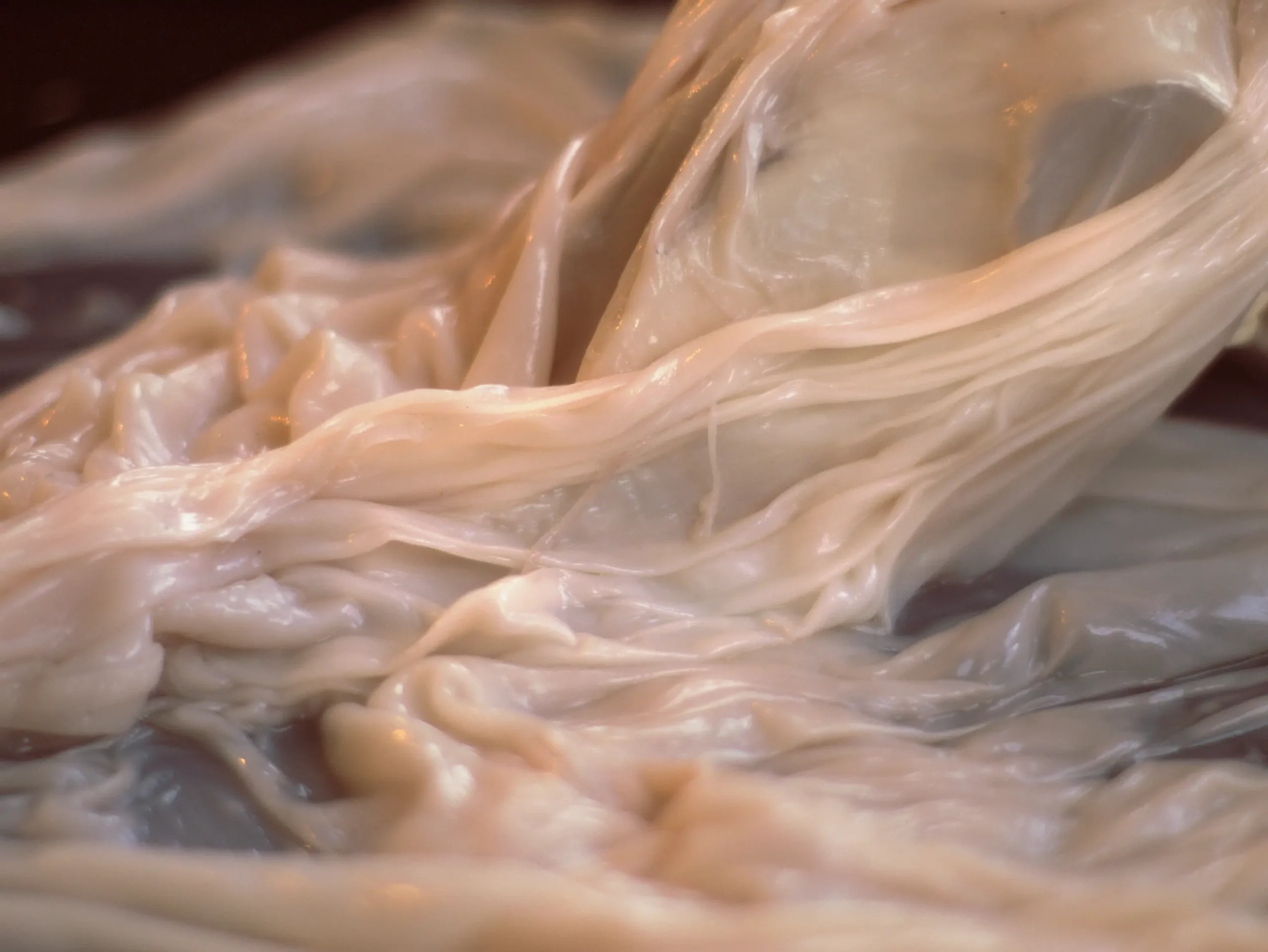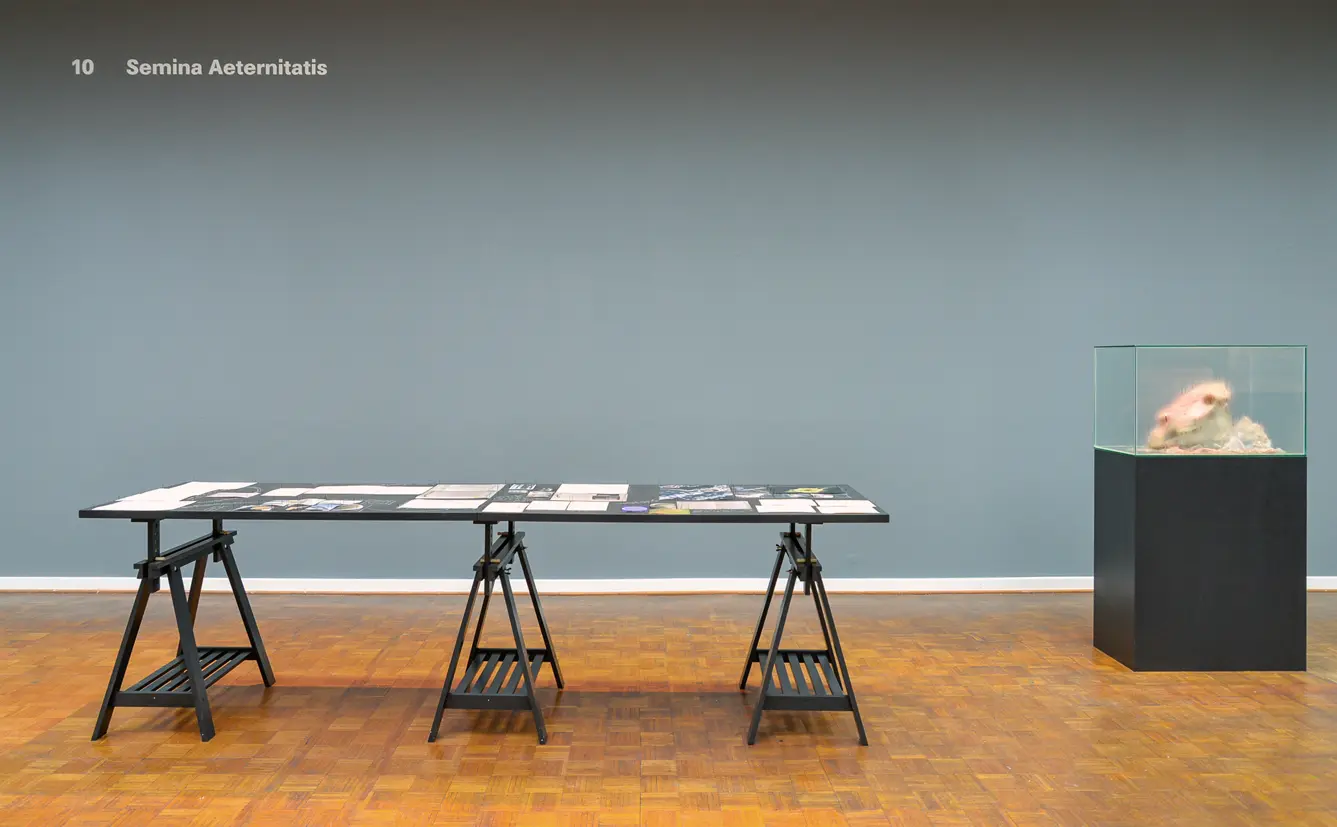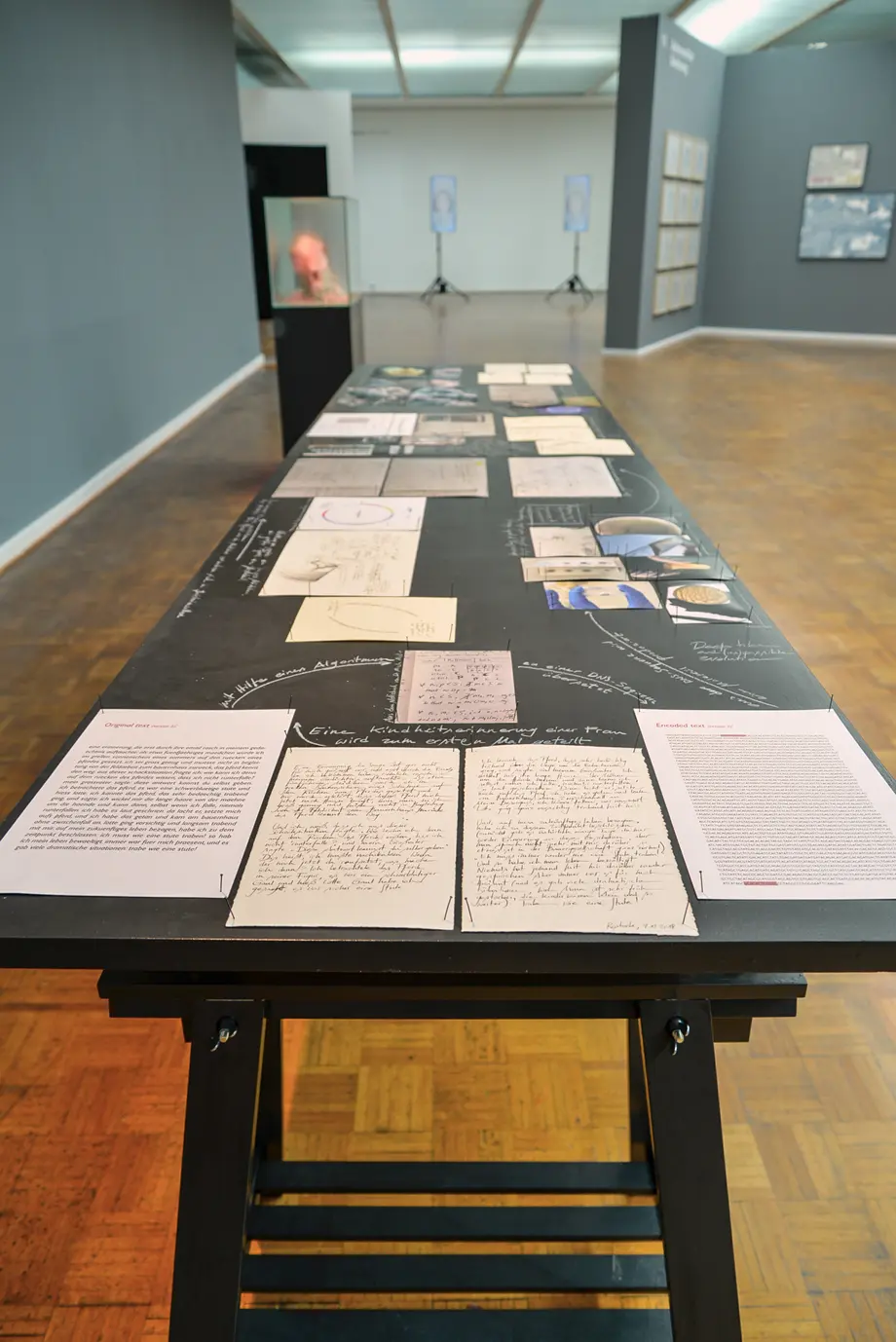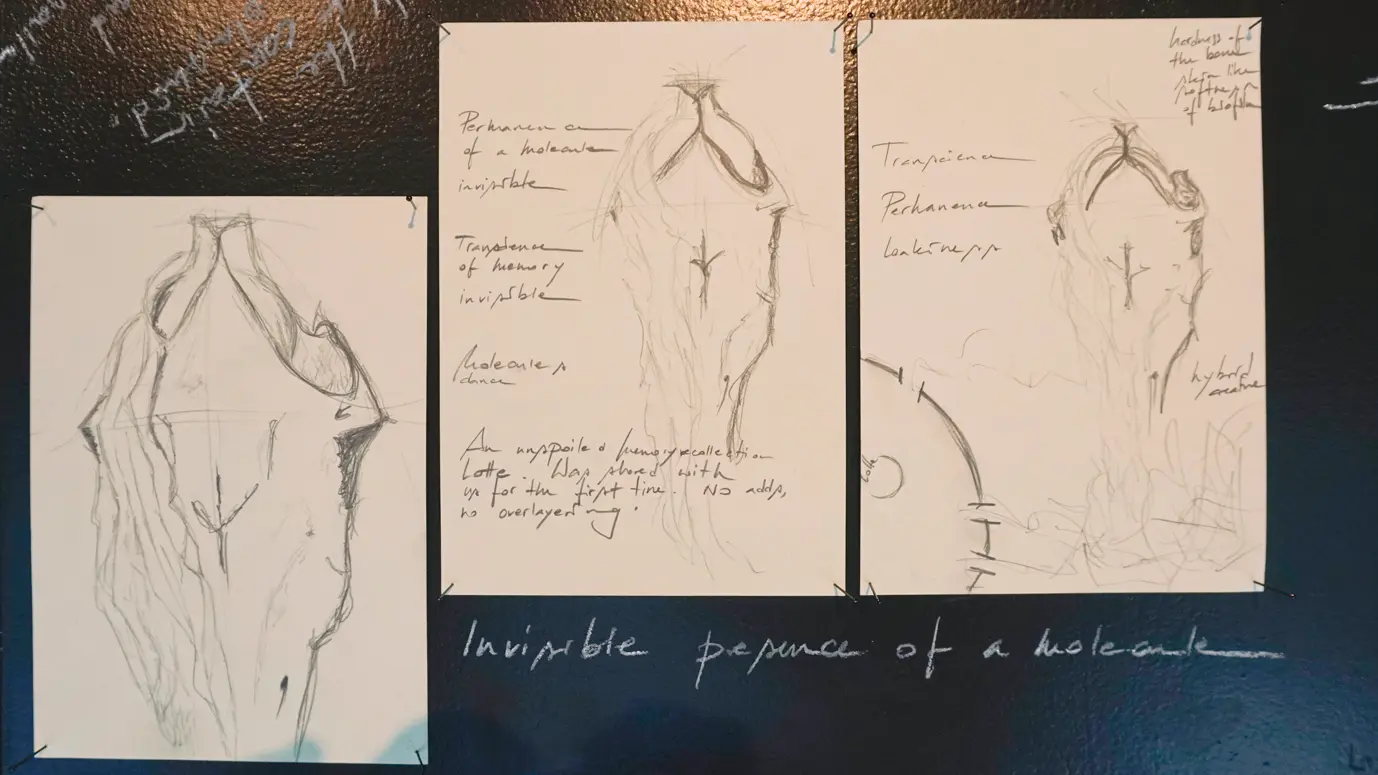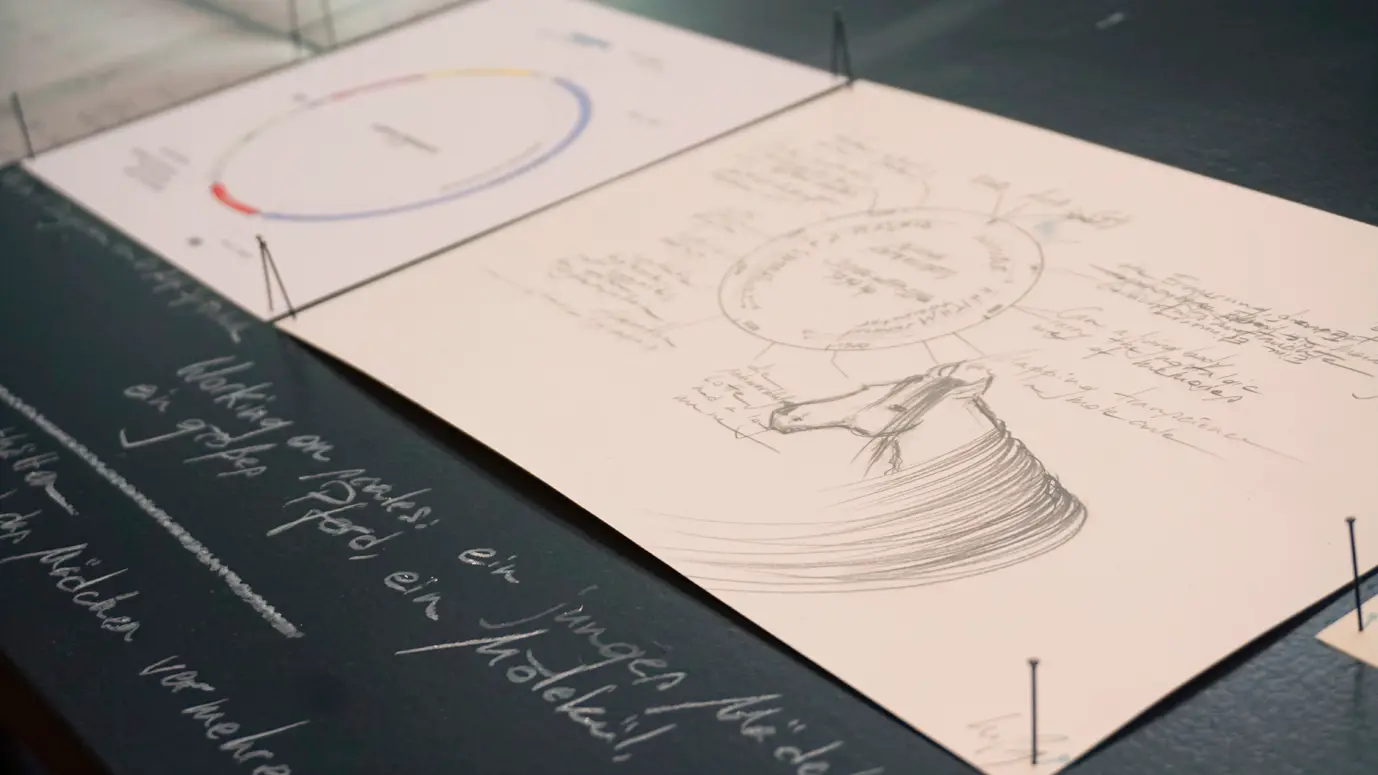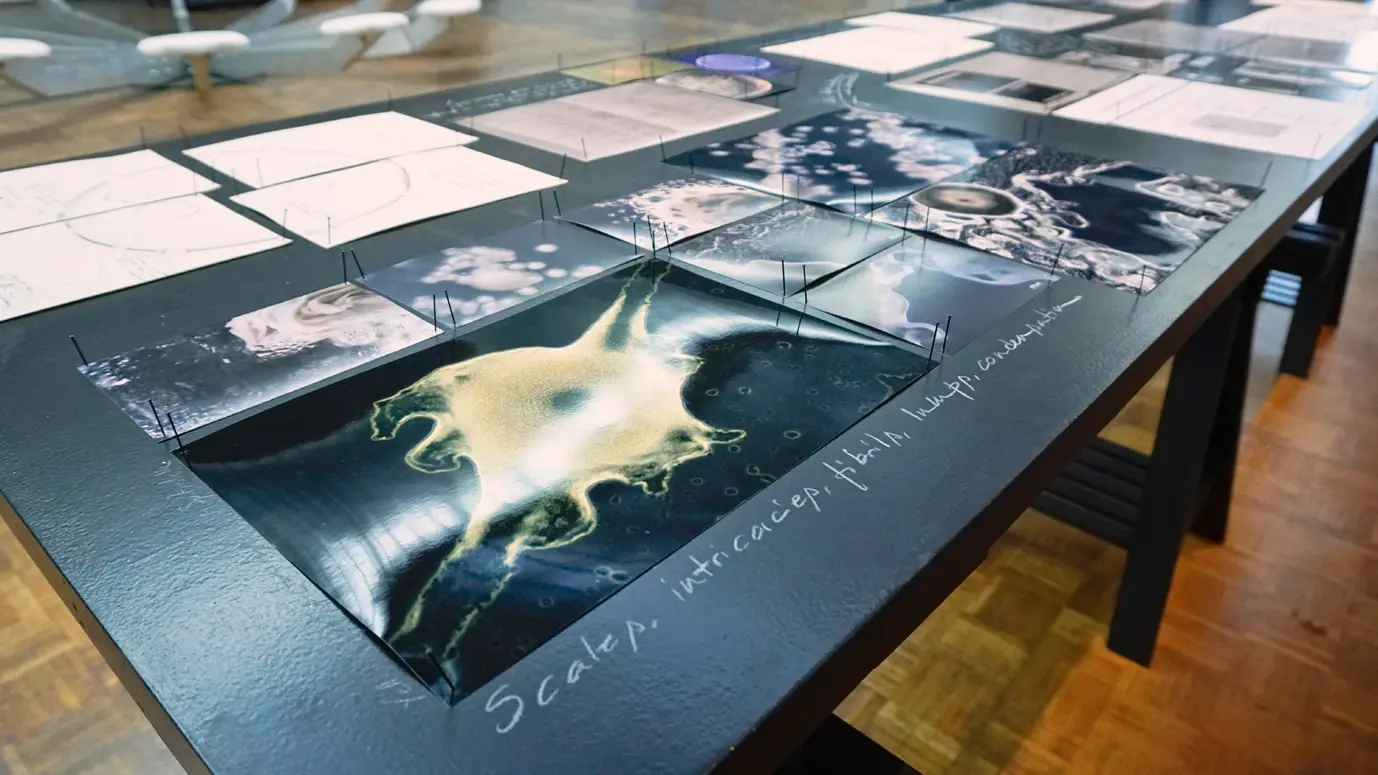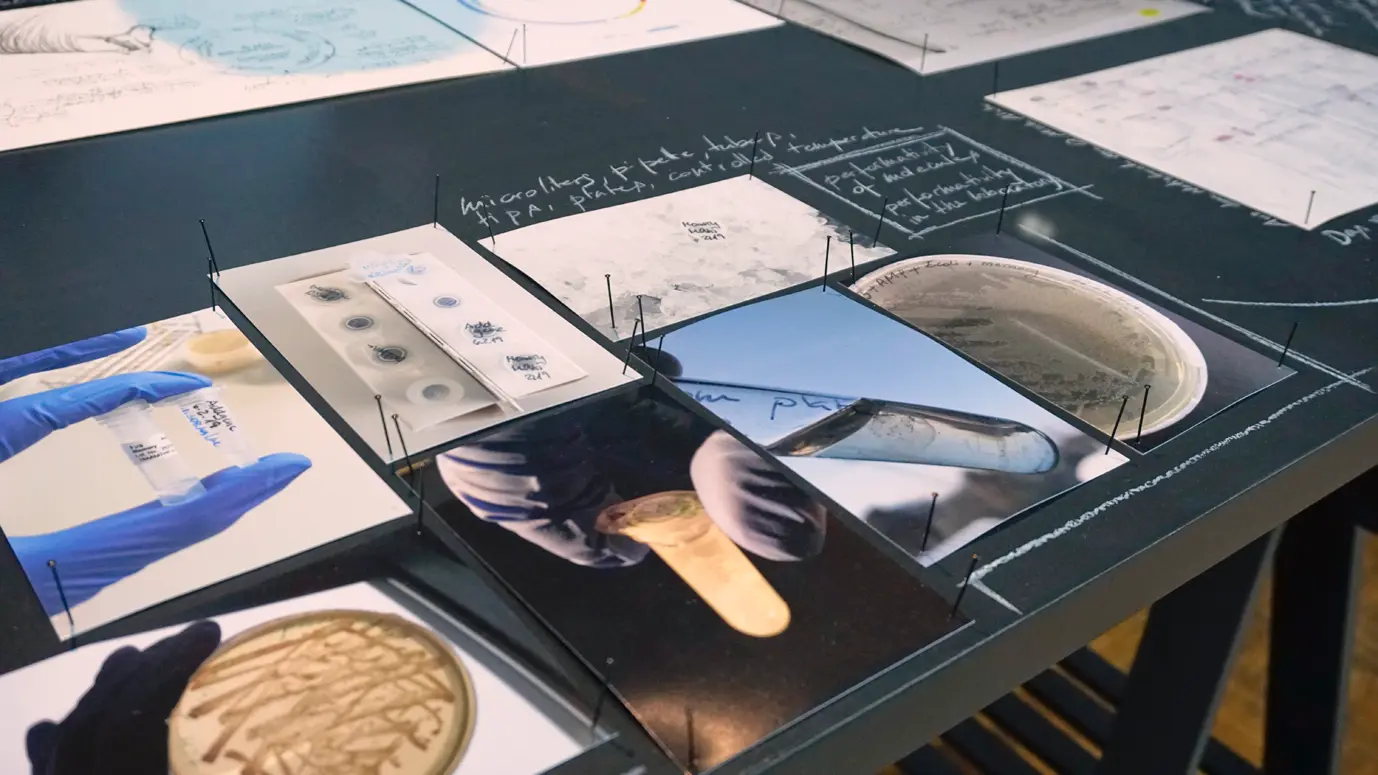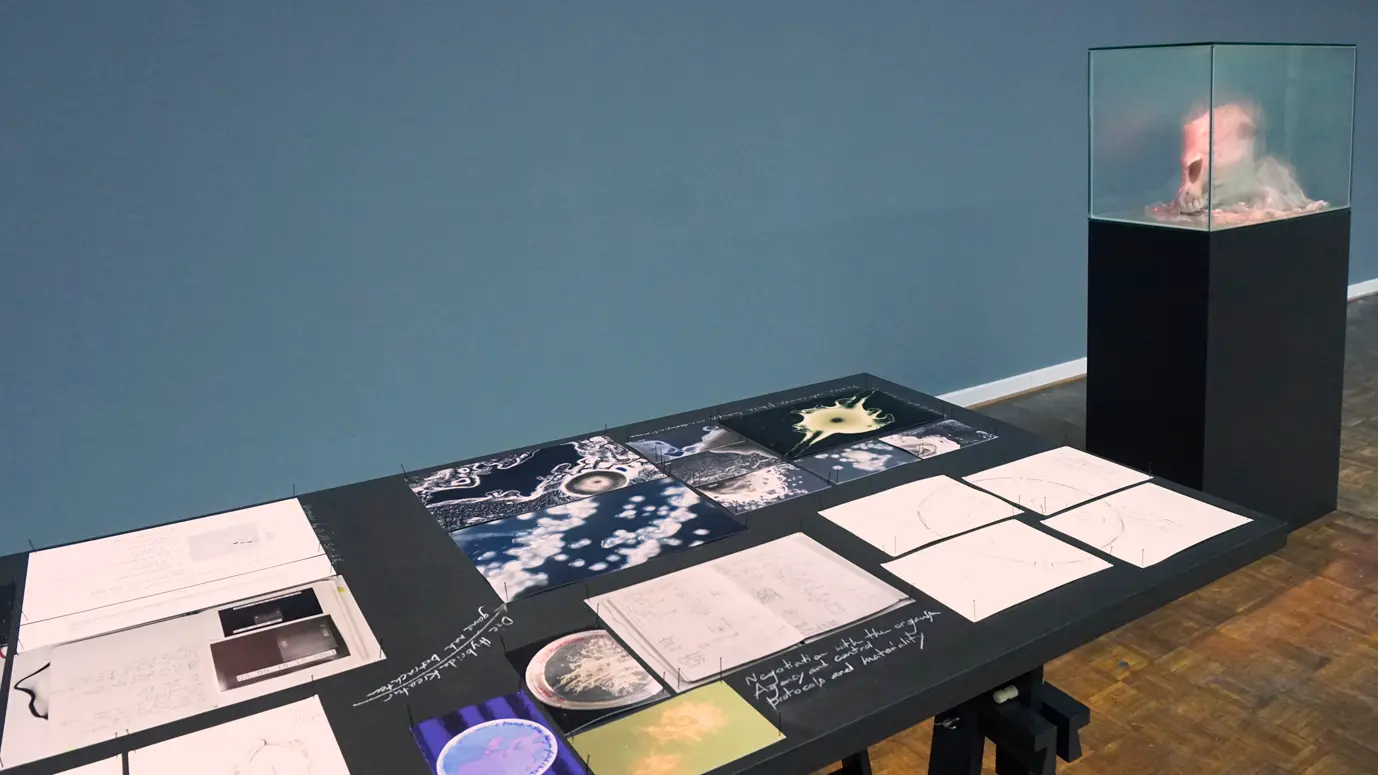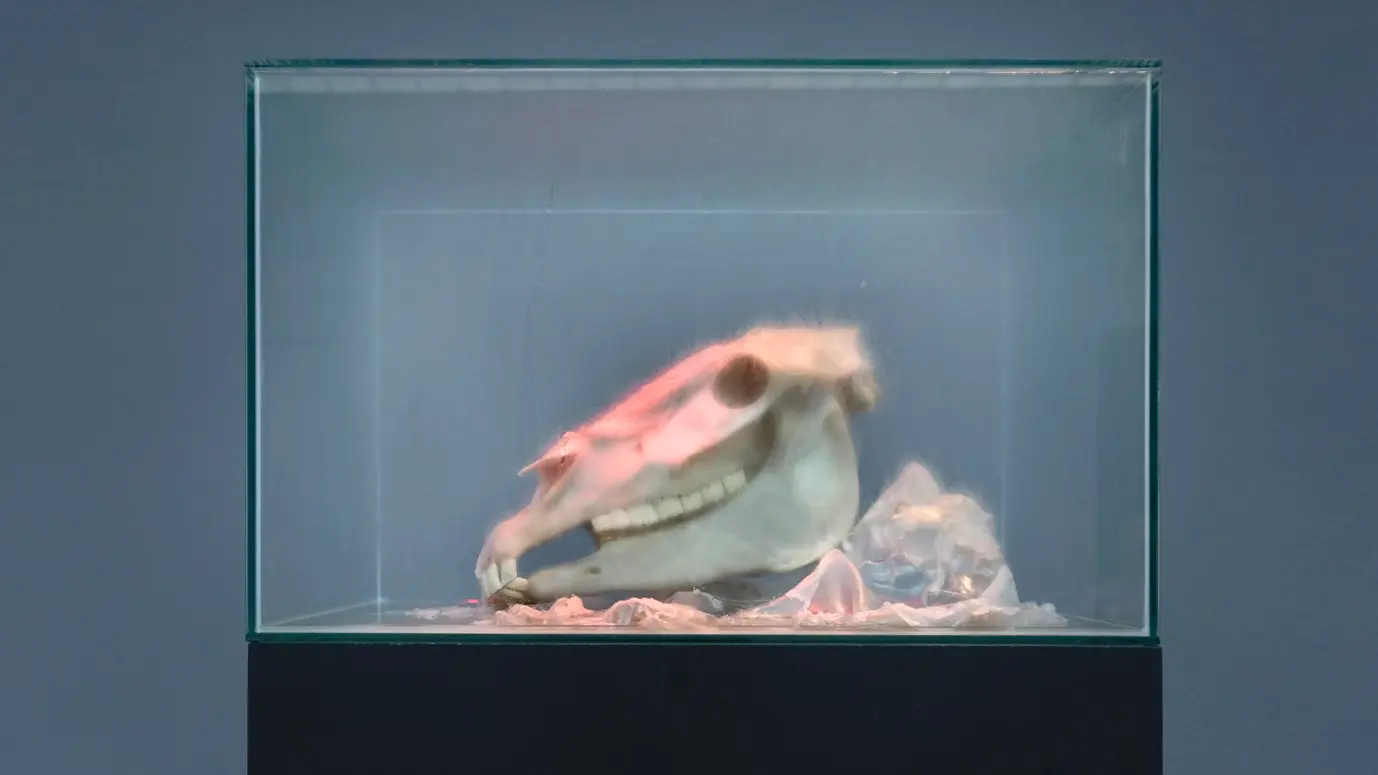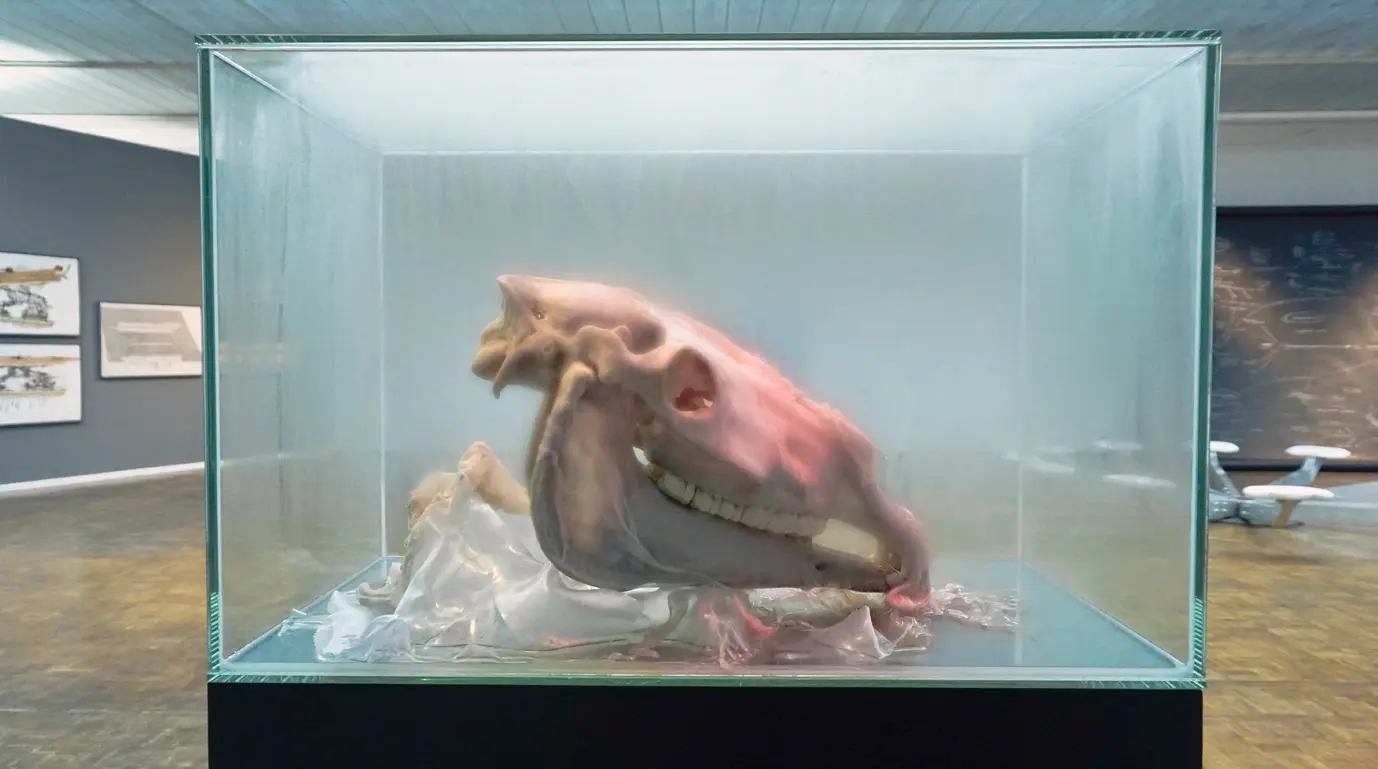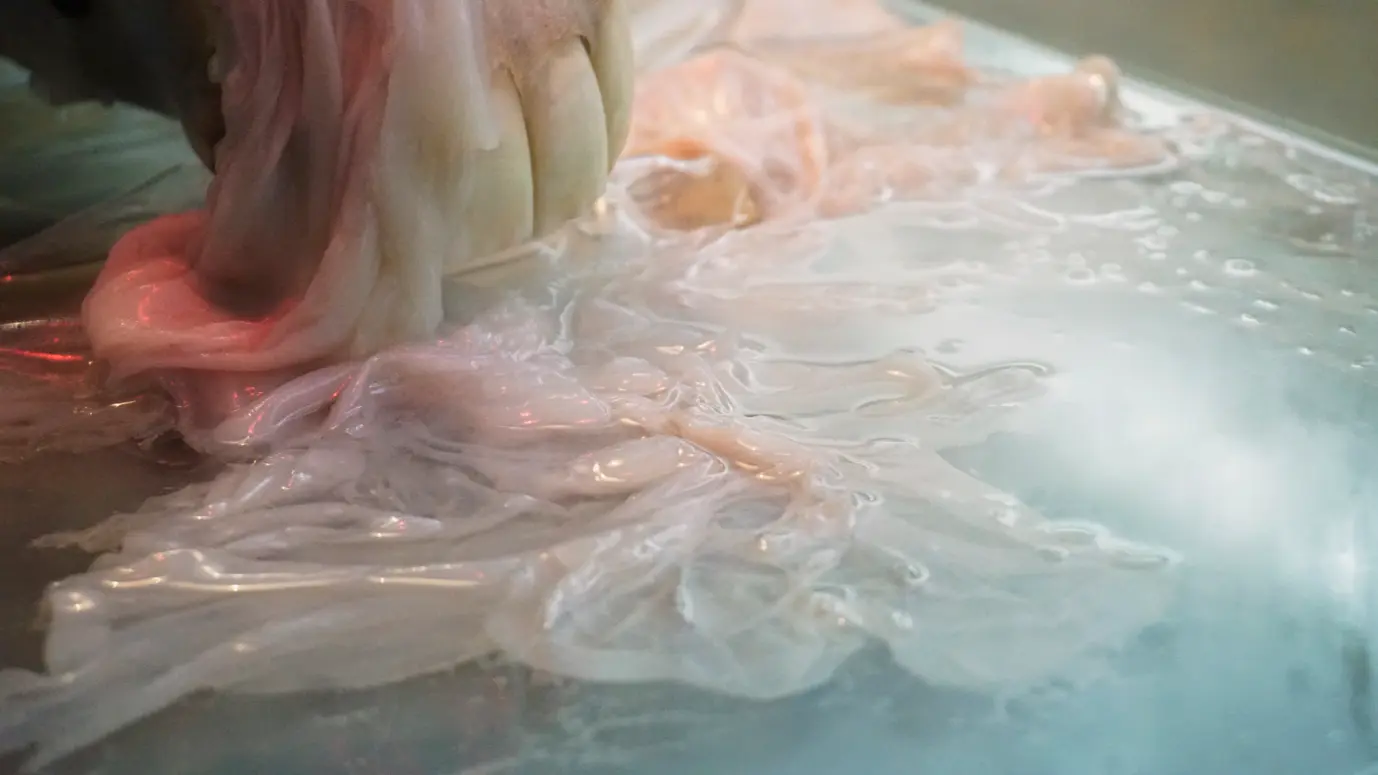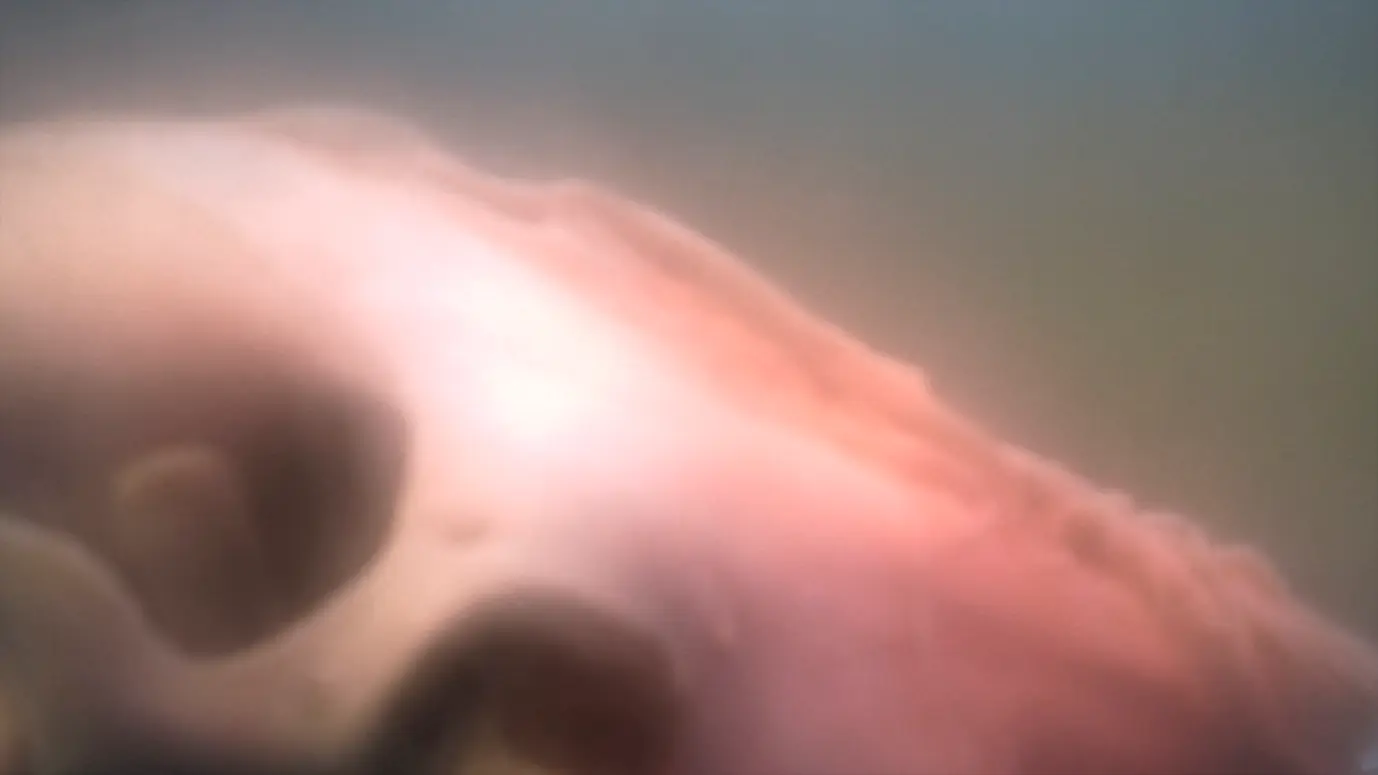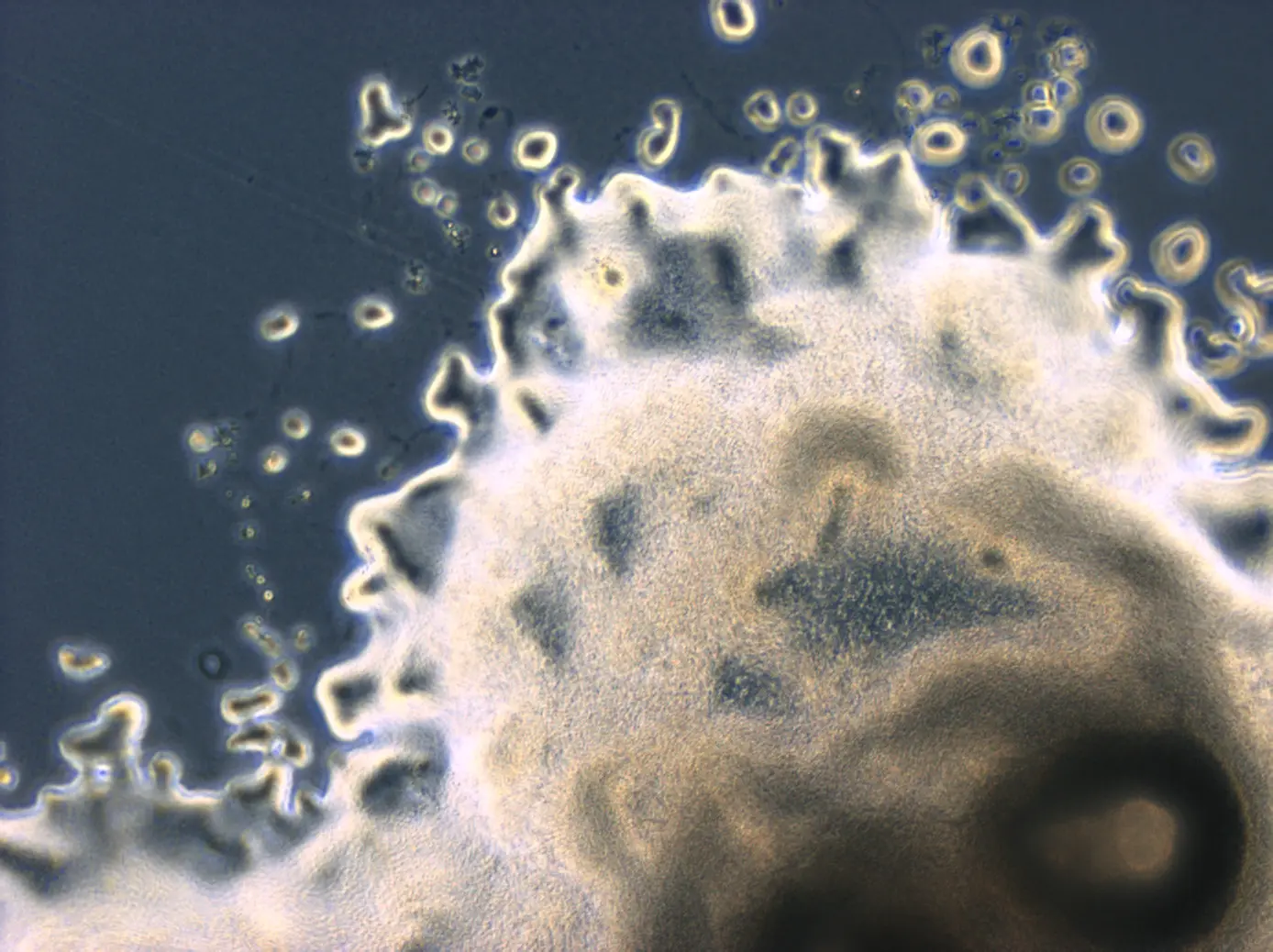installations
Semina Aeter- nitatis
Current research investigates possible applications for long lasting data storage on DNA. Yet, inserting DNA into a living body exposes it to a lively transience.
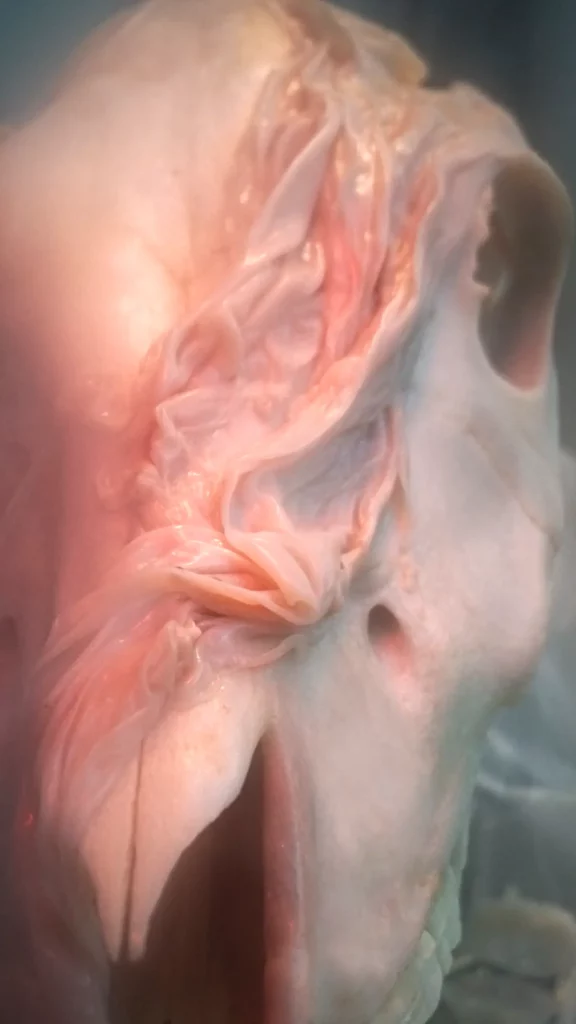
How can a living body carry the nostalgic lure of individual memory? What does it mean to inscribe a memory recollection by means of biotechnology on genetic information of an organism – DNA (deoxyribonucleic acid)? Might the resulting hybrid body, its leaky becoming, help us understand the complex relationship that embrace humans and fellow organisms? The project Semina Aeternitatis (2019) addresses these questions through an transdisciplinary research process. Together with bioscientist Mirela Alistar and IEGT Laboratory, I converted to genetic code a memory recollection of a Rostocker woman.
The genetic code was further synthesized into a plasmid, a circular DNA molecule. The plasmid war inserted into bacterial cells by means of electroporation procedure. By doing so, bacteria store the woman’s transient memory in their own bacterial body. The few colonies of bacteria created in the laboratory were further cultured to obtain the large biofilm used in the installation, which retains the woman’s memory. Biofilm shares a sensuous resemblance with skin and body matter. The exhibited biofilm was sterilized before leaving the laboratory, but retain the woman’s memory in the plasmid. Because DNA is an extremely compact and uniquely resilient material, information stored on DNA could be readable in centuries from now. Current research investigates possible applications for long lasting data storage on DNA. Yet, inserting DNA into a living body exposes it to a lively transience.
The woman’s memory featured in Semina Aeternitatis recounts a crucial episode from her childhood: the first time she was sent home alone riding the family’s work horse at the age of five. Initially a shocking experience, the mild stubborness and tenacity of the horse’s trot became a lifelong lesson for her. The first time the woman shared such memory was with the artist, decades after the episode took place. The project’s Latin title evokes religious terminology from Christian tradition meaning “seeds of eternity” as well as “people of eternity”: it tackles the idea of an eternal life as well as with an anthropocentric worldview. Are humans meant to be eternal? Far from being a mere celebration or disavowal of biotechnology, Semina Aeternitatis calls for novel paradigms to critically navigate today’s surging ecological tension and complex global phenomena.
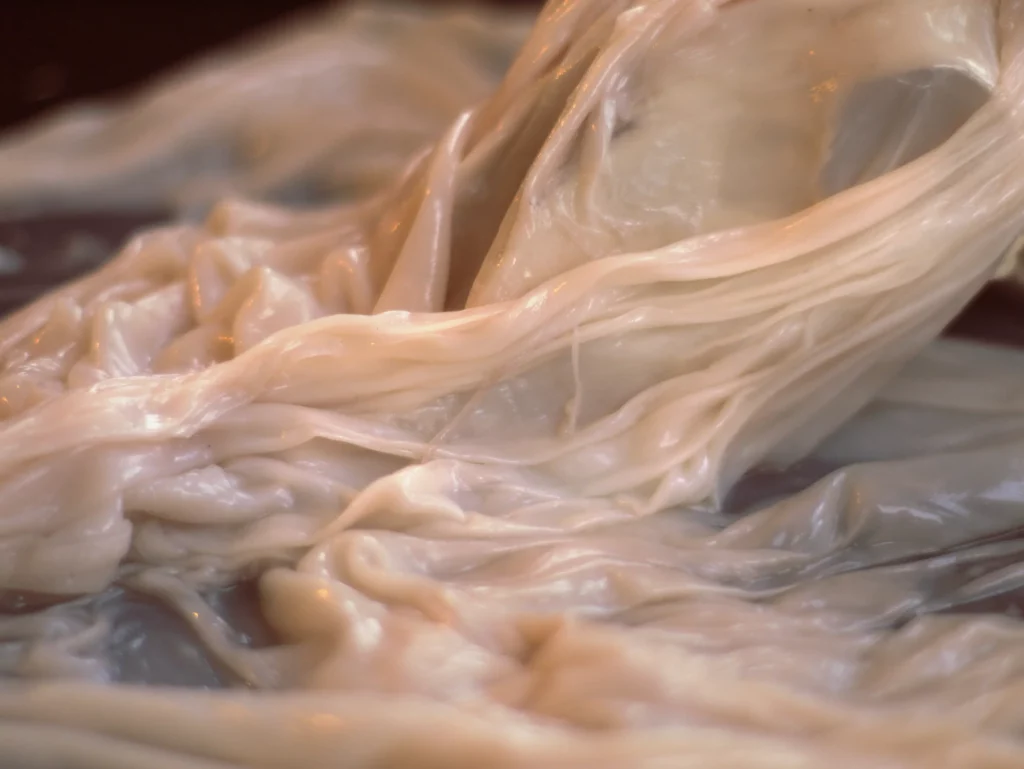
Credits:
Margherita Pevere – concept, research, artistic direction, laboratory procedures, installation, photography
Mirela Alistar – Algorithmic development, research, laboratory procedures
Fritz Beise: photography
IEGT Institute of Experimental Gene Therapy and Cancer Research – Scientific partner
The project is part of Margherita Pevere’s practice-based PhD research at Aalto University, Helsinki.
Produced by the Rostock University for Experiment: Zukunft with the financial support of Centogene
Hearftelt thanks to:
IEGT Research group (Prof. Brigitte Pützer, Dr. Ottmar Herchenröder, Dr. Alf Spitschak, Dr. Styliani Logotheti, Dr. Toni Schumacher, Anja Stoll, Ingrid Winkler, Christin Richter, Stefan Marquardt, Prabir Dhar, José Dinis da Silva Faustino), Marco Donnarumma, Marika Hellmann, Lotte, Marzia Paladin, Fara Peluso, Ido Pevere, Kira O’Reilly, Robertina Šebjanič, Prof. Helena Sederholm, Günther Seyfried, Andreas Stürmer, Dr. Nora Vaage, Marcus Walker (Dr Tom Ellis Lab at Imperial College London), Hege Tapio, Edith Mueller Rieckmann
